As a coal mining attraction at Lochore Meadows in Fife moves a step closer to reality, Michael Alexander speaks to a former miner at the forefront of the campaign to keep Fife’s coalfield legacy alive.
They were the close-knit coalfield communities with strong identities where “nobody locked their doors”.
But when former miner Iain Chalmers reflects on the nostalgic “friendship, banter and craic” of growing up amongst the pit bings and slag heaps of the Fife Coalfield, he’s also minded of the harsh realities and dangers that miners faced.
A dangerous job
While tragedies such as the 1967 Michael Colliery disaster at East Wemyss are etched into history, Iain, a fourth generation miner who grew up in Lochgelly, recalls the widespread health issues associated with life underground.
His own grandfather suffered a serious roof fall accident which left him bent double and only able to walk with sticks. His great grandfather was killed in a pit accident.
It wasn’t uncommon to see broken bodies on stretchers or visit the local miners’ institute and see men violently coughing their lungs up.
Jedburgh-born Iain, who time served as a baker, started at Comrie Colliery on the surface before working underground at Comrie, Seafield, Frances and Castlebridge.
He was a miner for 20 years and became actively involved campaigning during the miners’ strike and as an NUM elected member.
But while he himself avoided serious injury, he reckons he was “nearly killed five times” – a legacy that wasn’t uncommon.
Owes his life to a ‘lazy sparky’
One story he tells is about owing his life to a “lazy sparky” at the Seafield Colliery in Kirkcaldy.
At the tail end of 1985, after the miners’ strike, he and his colleague ‘Big Jock’ were laying a heavy cable at the bottom of the pit.
Iain would lift it to knee height, Jock behind him would lift it to shoulder height and the sparky behind would hook it.
They were working away deep underground when they came to a junction of girders and Iain moved a drainage bag.
“The next thing I know I’m buried up to my knees in a tonne and a half of small stanes and debris,” says Iain.
“It’s down my shirt, down my front. It only lasted about a second or two but it felt like a fortnight!
“Jock, my neebor who was helping me out, said ‘you are one lucky c***!’
“Right above my head, about an inch up, there’s a strip light held by chains.
“It’s been bent into a ‘V’ by a piece of hard rock like a slice of cheesecake.
“It had come out and it had got caught on the light fitting just above my head. I’m going ‘f*** me!’
“The sparky says ‘you’re a lot luckier than you think! I was actually telt tae come in here last week tae tak these striplights oot. I couldn’t be a****!’
“If that guy had done what he was telt tae dae, I’d be deid!”
Could have been ‘sealed in’ to burning mine
Iain also talks about the time he was also involved in the fire at Seafield in the mid-1980s.
An NUM committee member at the time, he was called in after the fire broke out during the Christmas holidays.
The gaffer sent him and three others into the pit section where the fire was to try and salvage any tradesmen’s boxes.
Preparations were being made to put in ’stops’ to seal the section.
But they’d only just got to the bottom of the faceline when a message came in from control to ‘get the f*** out of there now!’
It was only the next day they learned that close to where they were, an explosive combination of gases had been detected, meaning that a potential explosion was imminent.
A few years later, Iain was casually told by a senior official involved that day that if an explosion had happened while they were still in there, the decision would have been taken to seal them in rather than risk sending in other men to retrieve them.
“My story’s not uncommon,” says Iain.
“You speak to anyone in the pit and they’ll tell you about times they nearly got killed by a runaway or this, that and the next.”
Campaign for mining experience
In its heyday, the Fife Coalfield was one of the most active areas in Scotland.
At its peak, over 50 collieries were in operation at various times between the middle of the 19th century and the industry’s demise with the closure of the last pit in 1988.
Today, there are very few visible signs of the world that existed beneath the kingdom.
However, Iain, who has a long time interest in industrial history, is at the forefront of a campaign to create an interactive mining experience that will give visitors to Lochore Meadows Country Park a sense of life at the coalface.
Scotland’s National Mining Museum, with support from Fife Council, has given its formal backing to the project as well as agreeing to supply various industrial items from its vast collection.
The attraction will include wagons, a coal cutter, man riding and material bogies and even a lift cage and is to be set around the imposing Mary Pit Head winding tower at the Meedies.
The project came about when Iain discovered a miner’s lift cage in a rail yard in Leven back in 2019.
A ‘Save the Cage’ group was initially set up to see the cage restored.
However, the group’s ambitions quickly grew, developing into a campaign for the introduction of an interactive mining attraction.
“Before I went underground I used to drive the steam pugs (locomotives) at Comrie Colliery and have had an interest in steam engines since,” recalls Iain.
“One Sunday in 2018 I visited the Fife Heritage Railway at Leven when they had an open day.
“I was talking to one of the volunteers and mentioned I drove the Comrie pugs when he asked if I was a miner.
“I said yes and he said we have a pit cage here.
“Now, pit cages are not usually found in yards as it was common practice that when a pit shut the ropes were cut and the cages were left at the bottom of the shaft.
“When I saw it I recognised it straight away – it was the spare cage from the Frances Colliery at Dysart where I worked after Seafield shut and was kept on the surface behind the winding engine house.
“He also showed me an old AB coal cutter and a mine car.
“The first thing that I thought of was these shouldn’t be lying in long grass at Leven they should be displayed at the Lochore Meadows Country Park, the Meedies.”
Investigating artefacts
After making enquiries into who owned the artefacts, Iain was advised that they were owned by the Fife Mining Heritage Preservation Society, of which he was a founding member.
Forming the ‘Save the Cage’ group, he contacted Ian Laing, Lochore Meadows Country Park manager, who was enthusiastic about the project.
Iain suggested the cage could be displayed near the former Mary Colliery Pit head and with the bottom deck open, visitors could stand in the cage to experience a part of a miners’ journey underground.
They had the project costed and started fundraising to purchase the items from the Fife Mining Heritage Preservation Society.
However, they then received correspondence advising them that the artefacts were no longer available for sale.
Support of national mining museum
Iain contacted Nicola Moss, the curator at the National Mining Museum of Scotland at Newtongrange.
He was part of the last underground visit at Newtongrange’s Lady Victoria Colliery, which closed in 1981, and over the years has collected on behalf of the NMMS various items relating to the coal industry.
He was aware they had a large storage unit, where they kept large mining equipment.
When he told the curator of his idea to have machinery displayed in Fife, he was delighted that she thought it was an idea worthy of further investigation.
After a Covid-19 delay, Iain is delighted to now have the NMMS, Save the Cage, Ian Laing on behalf of Fife Council and the museum’s Collections Trust on board.
Iain recently visited the museum to measure up items they’d like to acquire.
They are working on a business plan to fully cost the £35,000 project.
“The plan is to show a miners’ journey from the surface to the coal face,” says Iain.
“We hope to have a cage that the public can stand in and a section of a coal face where you can, if you wish to, crawl through, along with various bogies and other pieces of equipment.
“We want the public to interact with these pieces and along with notice boards for each item you can get a flavour of being a miner.”
Memoirs contained in book
Iain has written a ‘memoirs of a miner’ book called Beneath the Kingdom.
He hopes to have it published in April with all proceeds going towards the Save the Cage campaign.
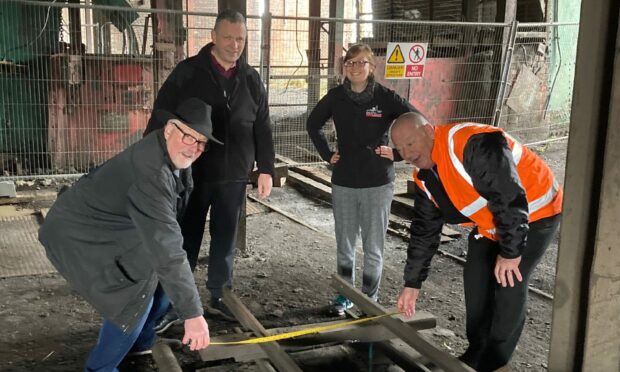
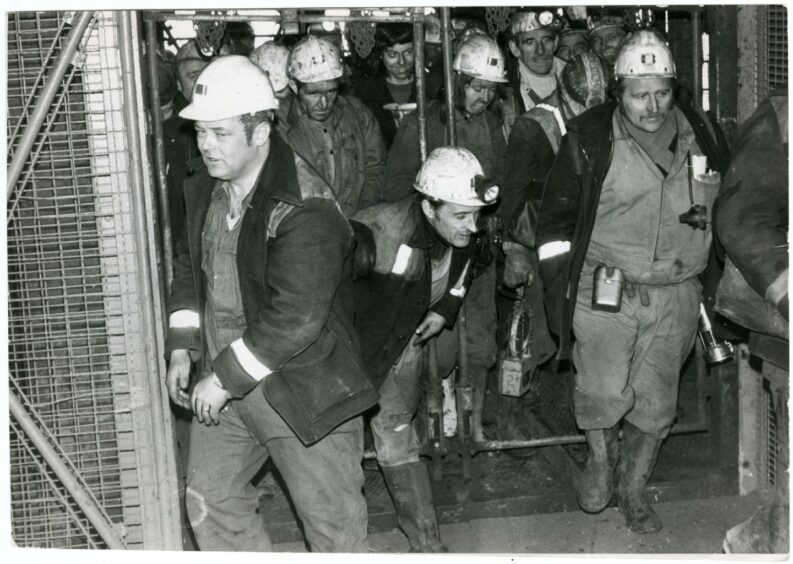
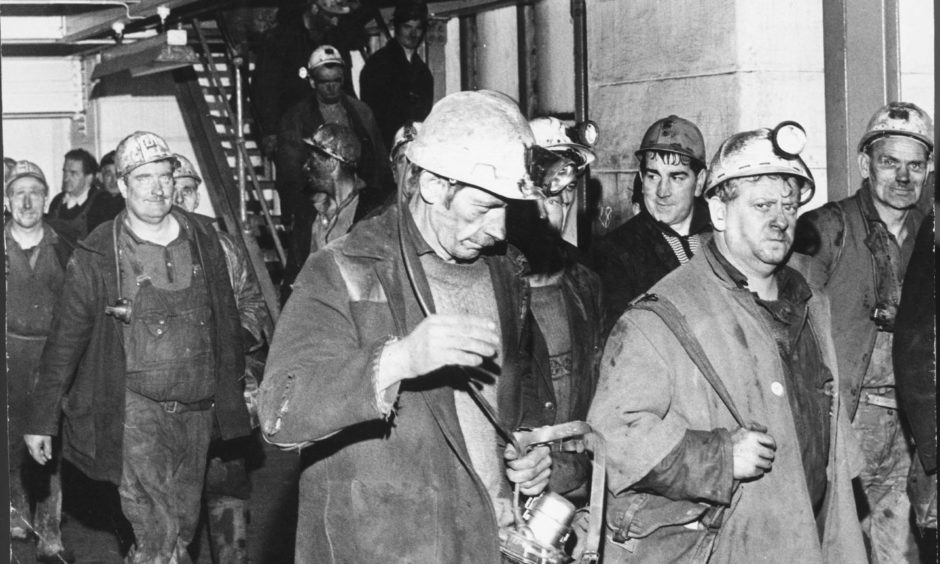
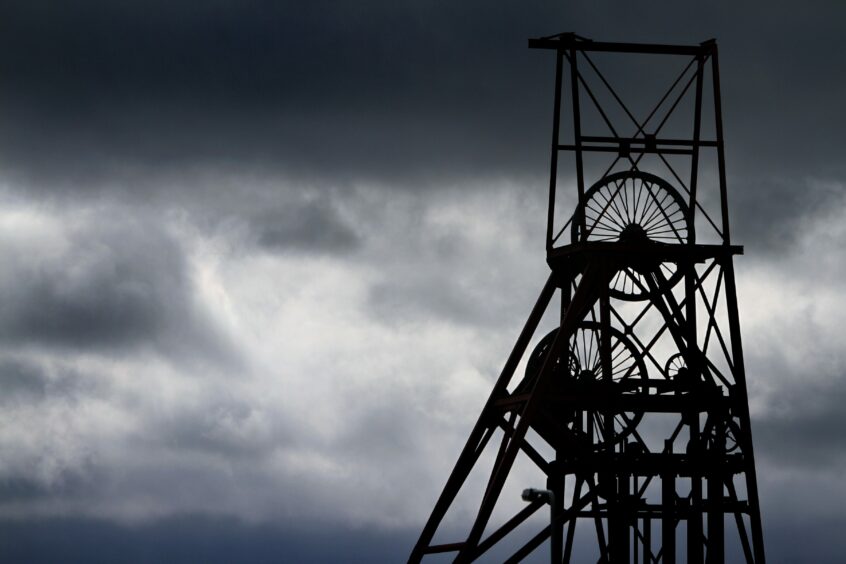
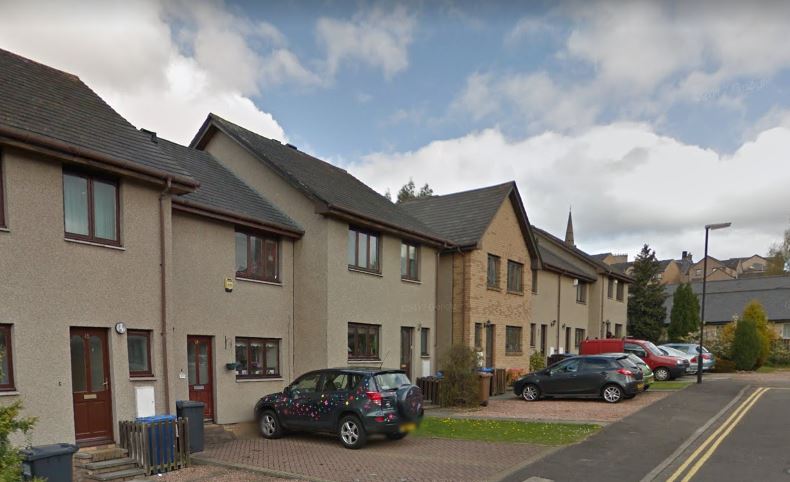
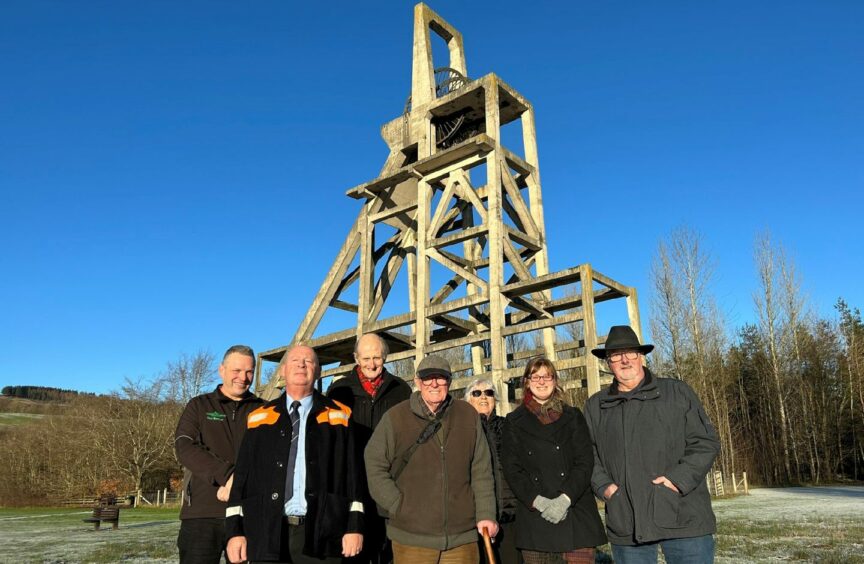
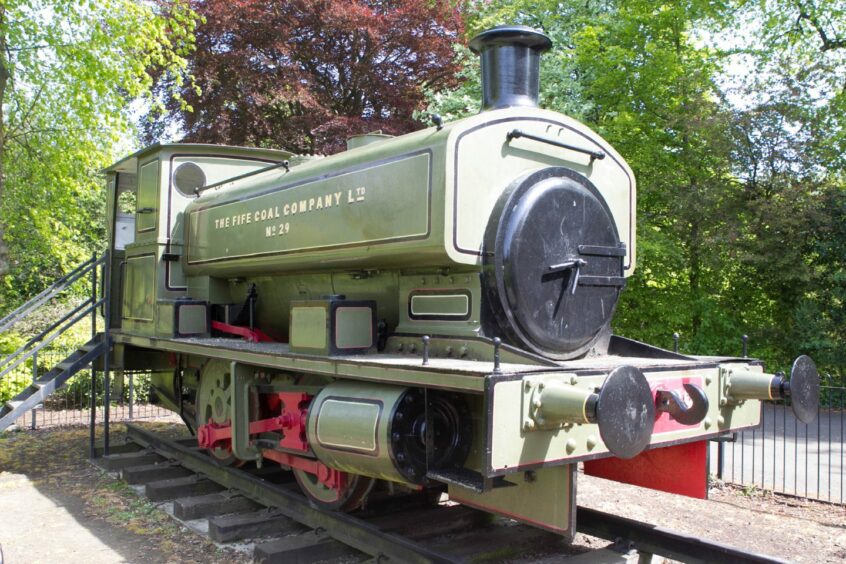
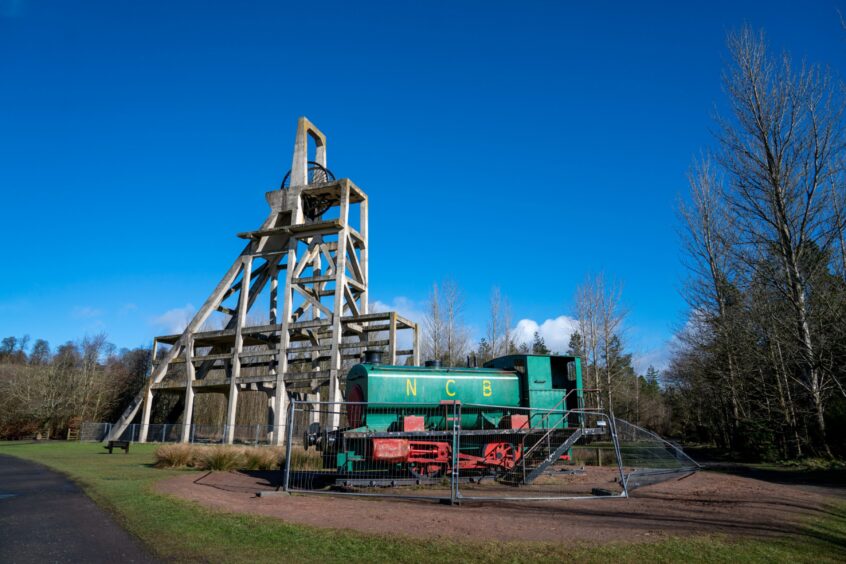
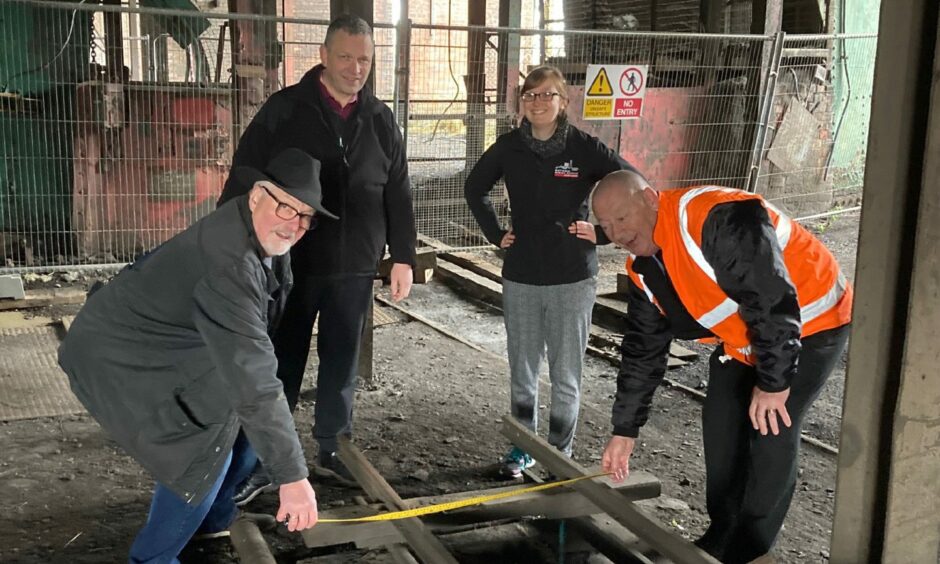
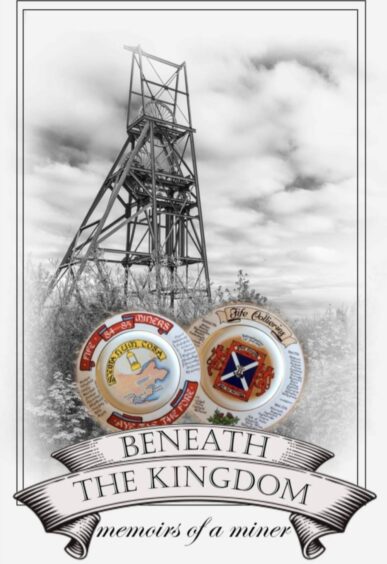
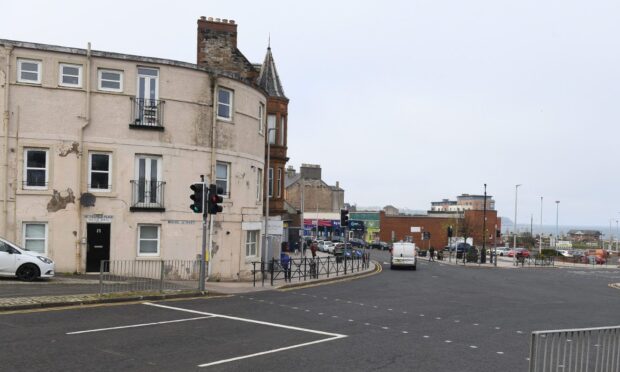
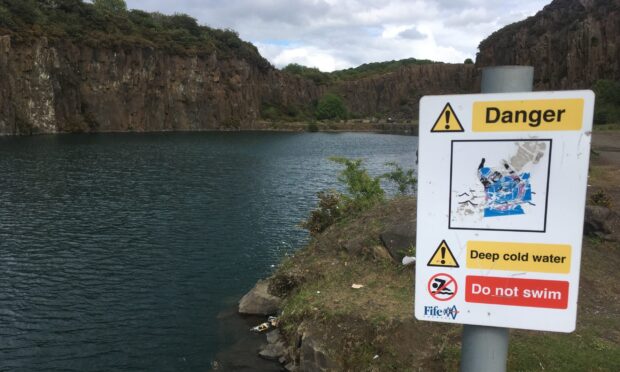
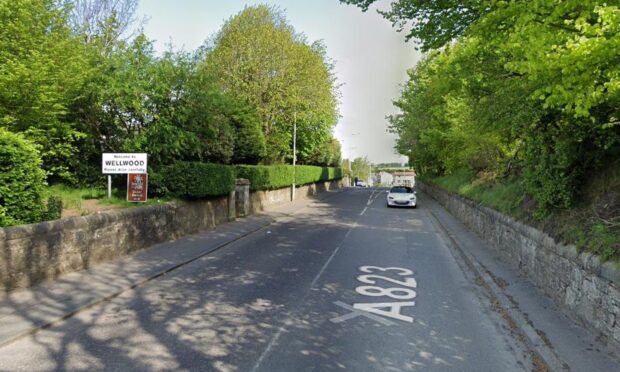

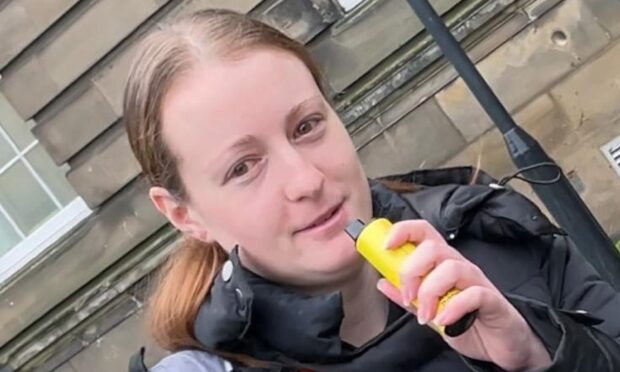
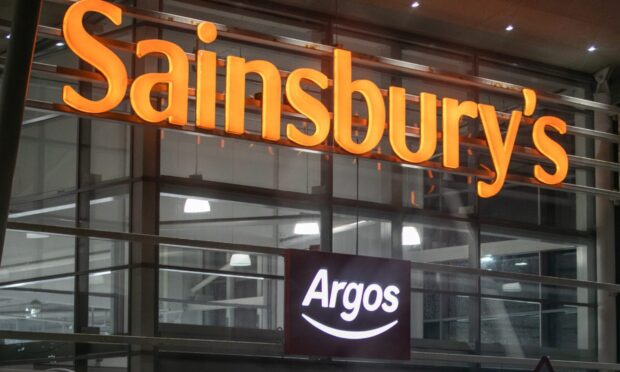
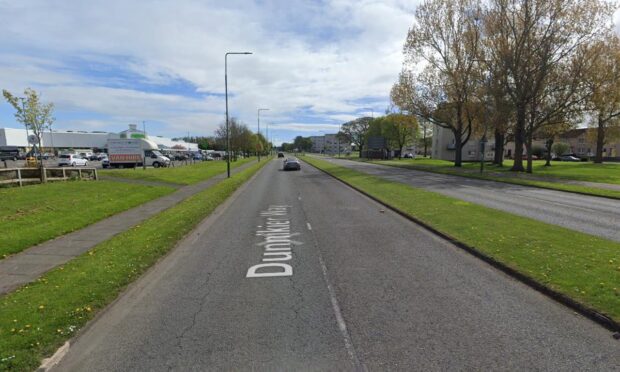

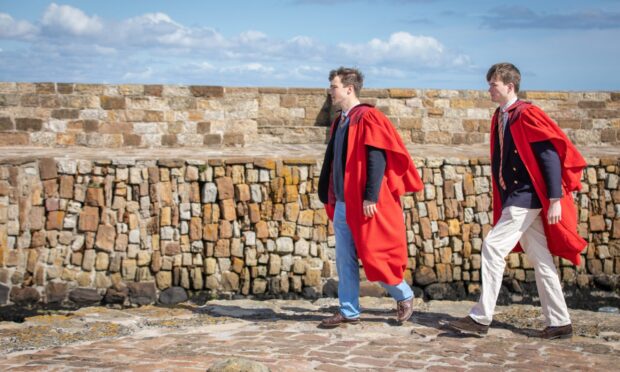

Conversation